Highly pathogenic avian influenza was first detected in wild birds in South Carolina on Jan. 13 of this year. Poultry growers, remembering well the 2014-2015 outbreak, collectively held their breath, hoping that the second shoe – outbreaks in commercial and backyard flocks – wouldn’t drop. Unfortunately, despite advanced biosafety protocols, the first outbreak in domesticated birds was detected on Feb. 8. Through April 7, USDA has announced more than 600 detections in wild birds across 31 states and 158 detections in commercial and backyard flocks across 25 states. The spread has many concerned that we may have an outbreak similar to the 2014-2015 outbreak on our hands. But how does the current outbreak really compare to the 2014-2015 outbreak? We dig in here.
But how?
Remember back in grade school science classes when we learned that birds fly south in the winter and north in the spring? Dusting off that knowledge is the first step in understanding the spread of HPAI. Each year, wild birds migrate from north to south and back again over four different “flyways”— the Pacific, Central, Mississippi and Atlantic.
USDA’s Animal and Plant Health Inspection Service operates a wild bird surveillance program, monitoring the flyways for avian influenza viruses of concern in the United States. It is an early warning system for the introduction and spread of avian disease. It is because of this program that we knew that HPAI was present in the U.S. three and a half weeks before the first detection in a domesticated flock. This program allows APHIS and the poultry industry to take timely and rapid action to reduce the risk of spread to the poultry industry. However, according to Penn Vet, the AI virus can survive long periods of time in nature, especially in water at colder temperatures. The spring migration period, which occurs before and while water temperatures are rising, is an especially vulnerable time for the spread of HPAI from wild birds to domesticated birds. It is likely that detections of HPAI in domesticated birds will continue until the spring migration is over and water temperatures rise substantially.
HPAI makes its way into domestic flocks as infected wild birds travel across the landscape, shedding the virus through their droppings. Susceptible domesticated birds become infected when they have direct contact with wild birds or their droppings or, more commonly, indirectly through a contaminated environment. A contaminated environment can include straw and animal bedding, equipment and clothes and shoes. HPAI is easily transferrable, but it is also vulnerable to most detergents, disinfectants, heat and drying. This means that early alerts can lead to stronger biosafety protocols that, if followed strictly, can disrupt the spread of HPAI.
Due to the important role that wild bird migration plays in the spread of HPAI, it’s helpful to look at the number of cases by flyway. For the most part, flyway boundaries follow state lines. However, the boundary between the Pacific and the Central flyways generally follows the Continental Divide. For this analysis, we have chosen not to divide states, but rather to define flyways with entire states. Montana, Wyoming, Colorado, New Mexico, North Dakota, South Dakota, Nebraska, Kansas, Oklahoma and Texas make up the Central flyway. The Pacific flyway includes Washington, Oregon, California, Idaho, Nevada, Utah and Arizona.

At 62%, the most active flyway for detections in wild birds is the Atlantic flyway. Next up, the Mississippi flyway has had 137 detections, representing 23% of detections. The Central flyway has had 97 detections of HPAI in wild birds, 15% of the total. The Pacific flyway has not had any detections in either wild or domesticated birds. Detections in domesticated flocks are more evenly divided. Among domesticated flock detections, 32 (27%) have been in the Atlantic flyway, 44 (37%) have been in the Mississippi flyway and 42 (36%) have been in the Central flyway.
Outbreaks in Domesticated Flocks
Disease outbreaks in wild birds happen more often than we’re aware because most of the time the disease doesn’t get transmitted to domesticated poultry. And even when it does make its way into domesticated flocks, growers are able to isolate and minimize the spread. For example, in the modern era, strains of HPAI were found in domesticated flocks in 1983-1984 in Northeastern states, 2004 in Southern states, 2014-2015 in 21 states, 2016 in Indiana and 2017 in Alabama, Kentucky and Georgia.
The current outbreak is most often being compared to the 2014-2015 outbreak in which HPAI was detected in 21 states across the Pacific, Central and Mississippi flyways between December 2014 and June 2015. In total, APHIS reported 232 cases of HPAI in domesticated flocks across 15 states, of which 211 cases were in commercial premises in nine states. The outbreak led to the depopulation of more than 50.5 million commercial chickens, turkeys and other poultry to limit the spread of the disease. It is clear why comparisons between the 2014-2015 outbreak are making the poultry industry nervous. But, to make accurate comparisons between the current outbreak and the 2014-2015 outbreak it is important to drill down further. We do that here.
Making Comparisons
Wild Birds
As mentioned earlier, APHIS in collaboration with the United States Geological Survey (USGS), U.S. Fish and Wildlife Service; and the National Flyway Council conducts active, scientific monitoring for avian influenza in wild waterfowl. In both the 2014-2015 and 2022 outbreaks, HPAI was first detected in wild birds. In the 2014-2015 outbreak, the virus was discovered through passive monitoring of wild birds by USDA and USGS in December 2014. Once HPAI was detected, over 7,000 birds were sampled through collaborative surveillance effort, predominately in the Mississippi and Pacific flyways (29% and 48% of total samples, respectively). However, samples were also collected from the Atlantic flyway, Central flyway, and American Oceania. Between December 2014 and June 2015, there were 98 detections of HPAI influenza across 14 states.
As a result of the 2014-2015 outbreak, in 2015, USDA led an interagency effort to revise the National HPAI Surveillance Plan. A priority of the revised plan was to “determine the areas where HPAIV is located so poultry producers can be alerted and subsequently increase their biosecurity measures to help prevent direct or indirect introduction of HPAIV from wild birds. If HPAI-infected areas are detected, additional sampling efforts can then be undertaken to estimate prevalence in high-risk bird species.” The revised plan has led to annual public implementation plans that lay out which species will be monitored and the number of wild bird samples to be collected by state and watershed, among other details. The annual plans help ensure that research and surveillance efforts fill data gaps rather than collect redundant information.
During the winter season (December 2021-February 2022) national implementation plan dictated that 6,745 wild bird samples across 25 states in the Atlantic and Pacific flyways were to be collected. This is nearly as many planned samples as were conducted in 2014-2015 in response to the outbreak. Through April 7, 637 detections in wild birds have occurred across 31 states. The Atlantic, Mississippi and Central flyways (62%, 22%, 16% of total detections, respectively) have all had detections. Only the Pacific flyway remains detection free.

It is likely that at least some, and perhaps a significant portion, of the higher number of detections in the current outbreak are a result of increased sampling through the surveillance program. Time will tell if the more than six-fold increase in the number of detections in wild birds is an indication of a more severe outbreak or better surveillance or a combination of the two.
Domesticated Birds
High path avian influenza strains are extremely infectious, often fatal to chickens, and can spread rapidly from flock-to-flock. To prevent suffering in the affected flocks and help curb the spread of the virus to other flocks, when HPAI is detected in a flock, the entire flock is depopulated. This is a heart-wrenching event for the grower, regardless of the size of the grower’s flock. However, to more clearly understand the impact that an outbreak of HPAI will have on poultry and poultry products, it is important to divide detections into flock type.
In both the 2014-2015 outbreak and the current 2022 outbreak, detections can be divided into four categories: backyard/non-commercial, layers (including pullets), turkeys and other. During the entire 2014-2015 outbreak, there were 211 detections of HPAI in domesticated birds. Thus far in the 2022 outbreak, according to data through April 7, there have been 158 detections. This gives the impression that the 2022 outbreak may have a larger impact than the 2014-2015 outbreak, but nearly 40% of detections in 2022 have been in backyard flocks. The two outbreaks have followed a similar pattern, with the largest share of detections occurring in turkey flocks, followed by layer and pullet flocks. The “other” category is exclusively broiler chickens, at this time. To isolate the market impacts of the ongoing HPAI outbreak, the rest of the article will focus exclusively on commercial flocks.

In addition to the differences (and similarities) in flock type, there are considerable differences in where detections are happening. During the 2014-2015 outbreak, 91% of detections in commercial flocks occurred in the Mississippi flyway. The remaining 8% and 1% of detections occurred in the Central and Atlantic flyways, respectively. Today, the Mississippi flyway is also the hardest hit, but not as overwhelmingly as 2014-2015, with 49% of detections in commercial flocks. With 35 detections, the Central flyway has 36% of commercial detections. The remaining 15% of detections have occurred in the Atlantic flyway.

Describing the incident of detection by flyway is important to appreciating the potential impact to different poultry and poultry product markets. The Mississippi flyway was home to more than 50% of commercial production of turkeys, broilers and layer hens and more than 40% of broilers in the last year. Growers in the Atlantic flyway were responsible for 40% of broiler production and more than 20% of turkey, layer and pullet production each. The latest data shows growers in the Central flyway were responsible for 10% or more of the production of broilers, layer hens and pullets. An increasing number of detections in commercial flocks in these critical flyways are likely to roil the markets. The “other” category includes state estimates that are not shown by USDA and states withheld by USDA to avoid disclosing data for individual operations.

Layer Hens and Pullets
During the 2014-2015 outbreak, there were 50 outbreaks of HPAI in commercial layer chicken flocks. Approximately 43 million egg-layer hens/pullets were affected by HPAI and died from the disease or were depopulated as part of the response. (A pullet is a hen under 1 year of age; it has not started laying eggs yet.) This depopulation was equivalent to 10.01% of the average U.S. inventory of layer chickens and 6.33% of the average U.S. inventory of pullet chickens. Eighty-eight percent of the detections were in the Mississippi flyway. The remaining 12% were in the Central Flyway. Iowa (Mississippi flyway), the nation’s largest egg-producing state, was particularly hard hit. Thirty-six detections of HPAI in commercial layer and pullet operations led to the euthanasian of more than 25 million egg-laying hens and 5 million pullets. As a result, egg production in 2015 was 3.2% lower than in 2014.
In 2022, nearly 17.9 million layers and 0.83 million pullets have been depopulated as a result of HPAI. Nationally, this is equal to 4.6% of the average number of laying hens on hand in 2021 and 0.7% of the total inventory of pullets as of Dec. 1, 2021. For some states, however, the impact has been much greater. Iowa, which had an average of 48.87 million layers in 2021, has had to depopulate more than 12.75 million layers, over a quarter of the total number of laying hens in the state. Also, hard hit in the Mississippi flyway is Wisconsin, which has had to depopulate more than 2.7 million hens, over 35% of the average number of laying hens in the state in 2021. In the Atlantic flyway, Maryland has been forced to depopulate more than 1.16 million hens, nearly 50% of the average number of laying hens in the state in 2021. Maryland has been forced to depopulate more than a quarter of the state’s 1.225 million pullets as of Dec. 1, 2021.
Turkeys
During the 2014-2015 outbreak, there were 160 outbreaks of HPAI in commercial turkey flocks. Approximately 7.4 million turkeys were affected by HPAI and died from the disease or were depopulated as part of the response. This depopulation was equivalent to 7.46% of the average U.S. inventory of turkeys and 3.16% of annual production. More than 92% of the detections then were in the Mississippi flyway. Seven percent were in the Central flyway and less than 1% was in Pacific flyway. Minnesota which is the nation’s largest turkey producing state (Mississippi flyway), was particularly hard hit. One hundred and four detections of HPAI in commercial turkey operations in Minnesota led to the euthanasian of more than 4.8 million turkeys. Iowa was also hit hard, with 35 detections in commercial flocks. Combined, in 2014, Minnesota and Iowa raised nearly 24% of the nation’s turkeys
In 2022 so far, more than 3.2 million turkeys have been depopulated as a result of HPAI. Nationally, this is equal to 1.4% of the number of turkeys raised in 2021. Again, for some states, the impact has been much greater. South Dakota (Central flyway), which raised 4.5 million turkeys, or 2% of the nation’s total production, in 2020 has had to depopulate 1.288 million turkeys – nearly 30% of the number of turkeys raised in the state in 2020. Minnesota, which raised 40 million head of turkeys in 2020 has had to depopulate more than 1 million turkeys, about 3% of what the state raised in 2020.
Broilers
The broiler sector was largely spared during the 2014-2015 outbreak. Less than 0.01% of the average U.S. inventory was lost as a result of HPAI. In 2022, there have been nine detections of HPAI in commercial flocks. Thus far, a little more than 2.1 million birds have been depopulated, which represents a little more than 0.02% of the number of broilers raised in 2020.
Economic and Trade Impact
A report from the Congressional Research Service estimated the value of turkey and laying hen losses due to the 2014-2015 HPAI outbreak at nearly $1.6 billion. The same report estimated that economy-wide losses were $3.3 billion. The economic impact was heightened due to restrictions imposed by trading partners. Eighteen partners cut off poultry trade with the U.S. entirely, an estimated loss of $898 million in 2014. Thirty-eight countries followed a regionalization approach to trade restrictions, limiting U.S. exports of poultry and poultry products only from those states with HPAI detections. This allowed trade to continue from parts of the U.S. that were not affected. CRS estimates that this helped to preserve 86% of the value of traded U.S. poultry and poultry products (including eggs), based on 2014 values.
It’s too early to know how large of an impact the 2022 outbreak will have on the U.S. poultry sector. When comparing the week-by-week data on HPAI detections in 2022 relative to 2015 a few things are evident. Significant detections of HPAI in commercial flocks started about five weeks earlier in 2022, and they have risen more quickly than in 2015. The chart below is also a good reminder that water temperatures warm much more slowly than air temperatures, i.e., during the 2014-2015 outbreak, the last reported new case was in Iowa on June 17, 2015. We potentially have a long way to go before the spread from migrating wild waterfowl ends. The ability to contain the spread to other commercial flocks through high biosecurity measures is paramount.

The other key element depends on our trading partners continuing to follow a regional approach to trade restrictions. So far, so good on that front. Trade partners, like China, that did not follow a regional approach in 2015 are following a regional approach so far. In China’s case, states with detections in domesticated flocks (commercial or otherwise) are finding themselves added to the list of states ineligible to export to China, while all other states may continue to do so. You can keep up to date on each country’s changing list of ineligible products here.
What we can say is that the inventory of eggs in the grocery store for your Easter and Passover celebrations remain high. According to data from USDA’s Agricultural Marketing Service, in these two weeks prior to Easter there is more inventory of shell eggs available in 2022 than during the same time in 2015. Actually, 38% more. The drawback – you’ll have to pay more for them. Egg prices, adjusted for inflation, two weeks prior to Easter are nearly 15% higher than they were during the same time in 2015, though not as high as in 2020 when the industry was turned on its head by the onset of COVID-19. Today’s pricing suggests that the market doesn’t necessarily believe the industry has HPAI contained quite yet.




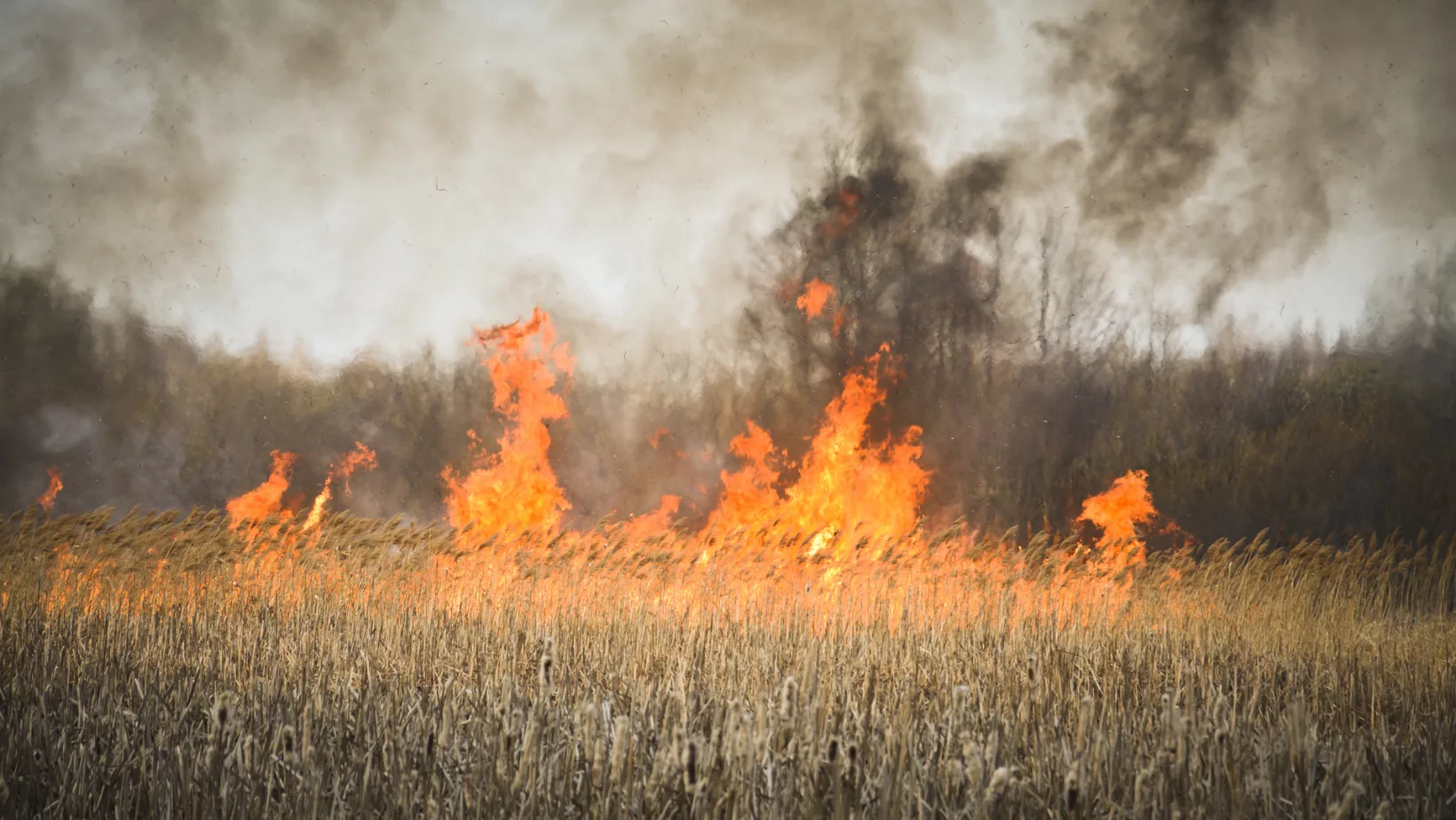










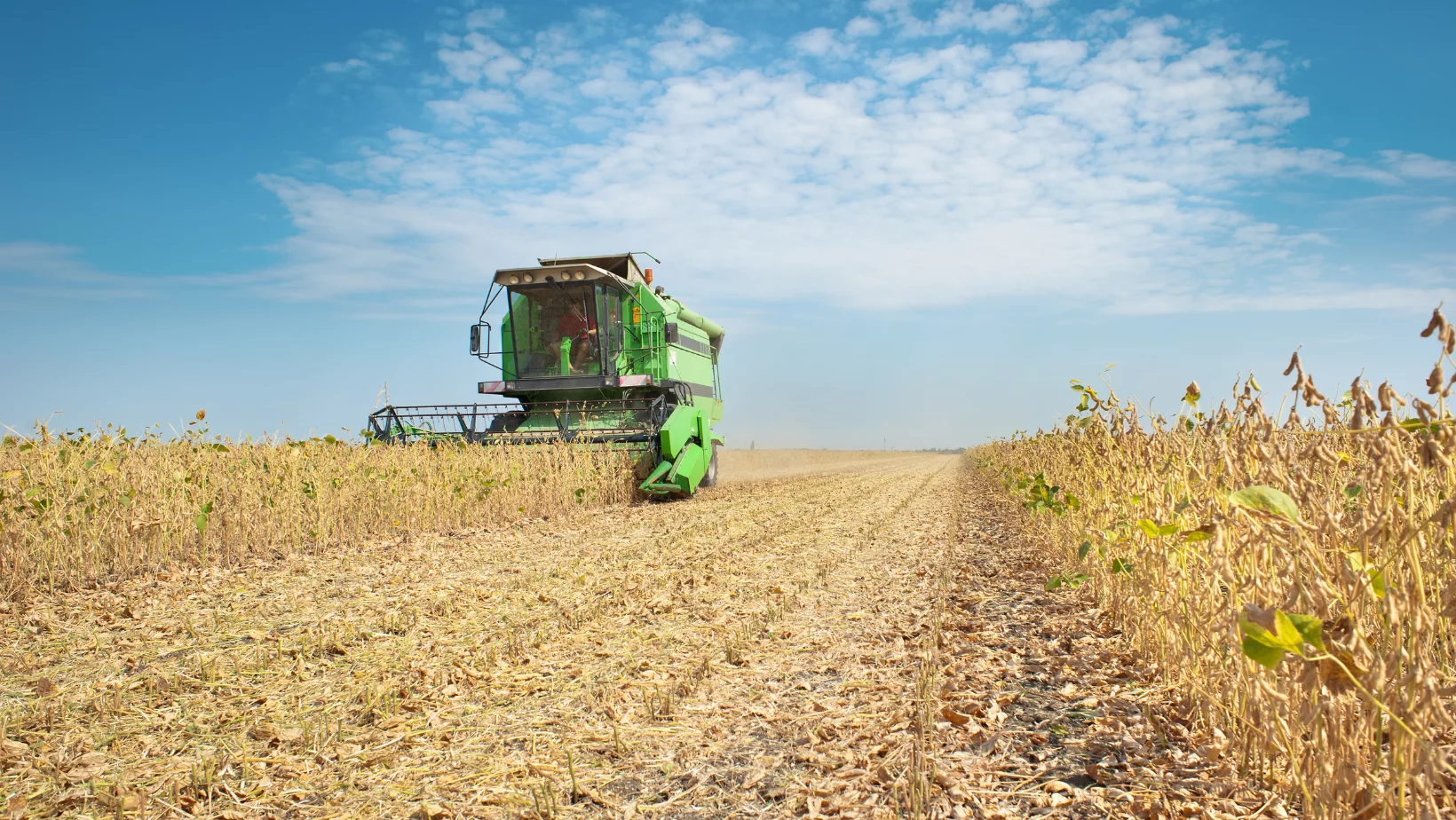

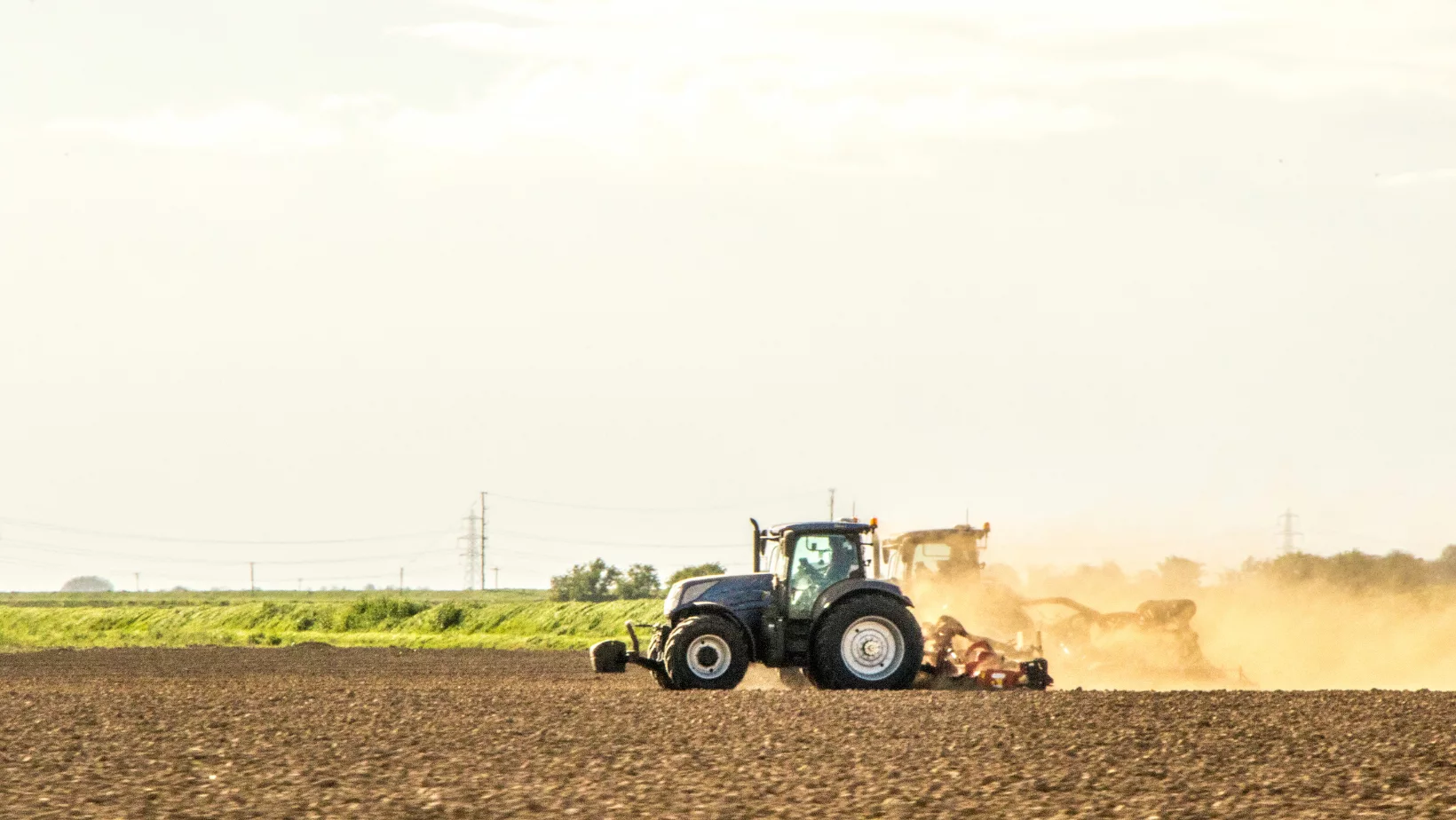
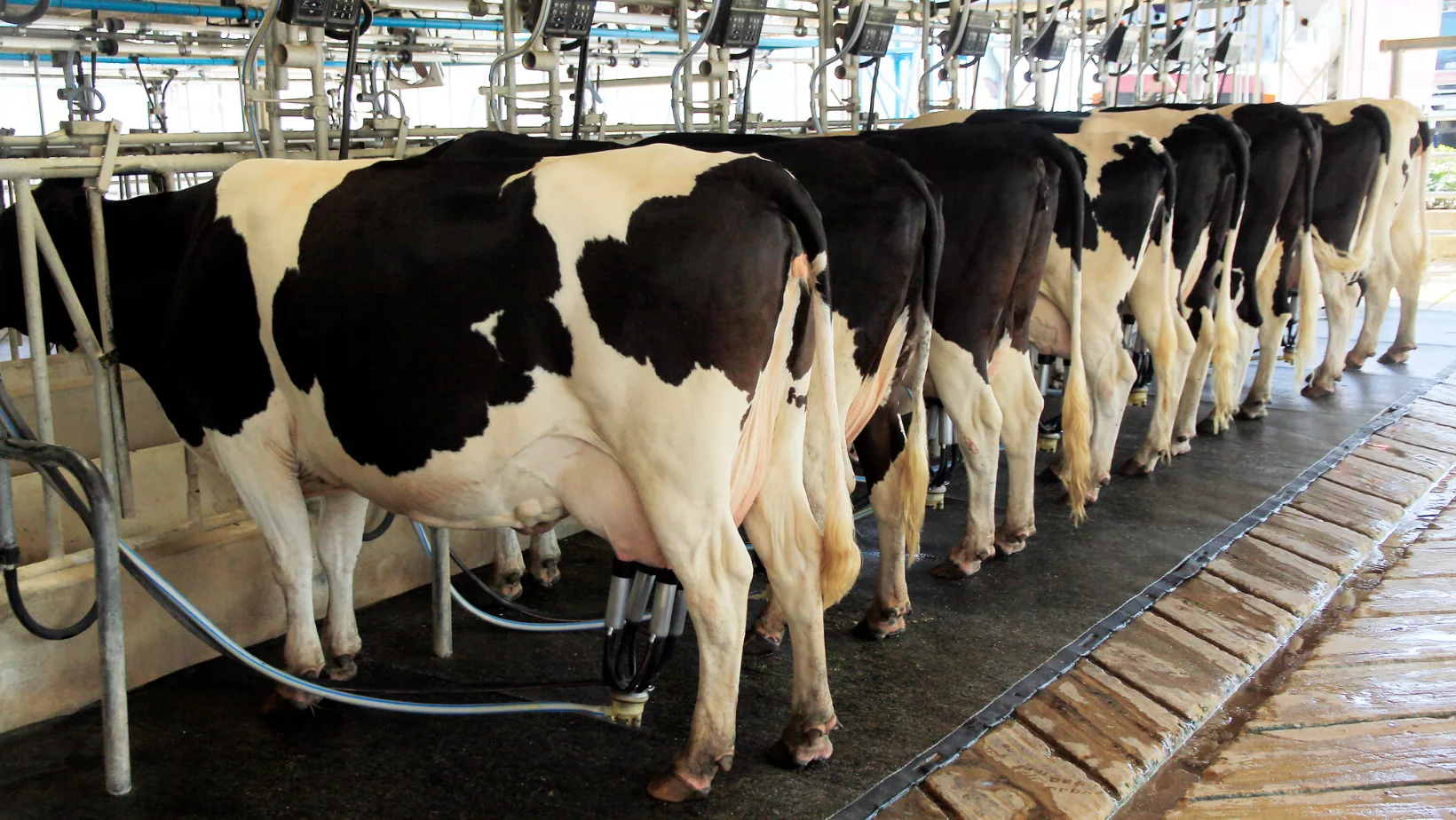
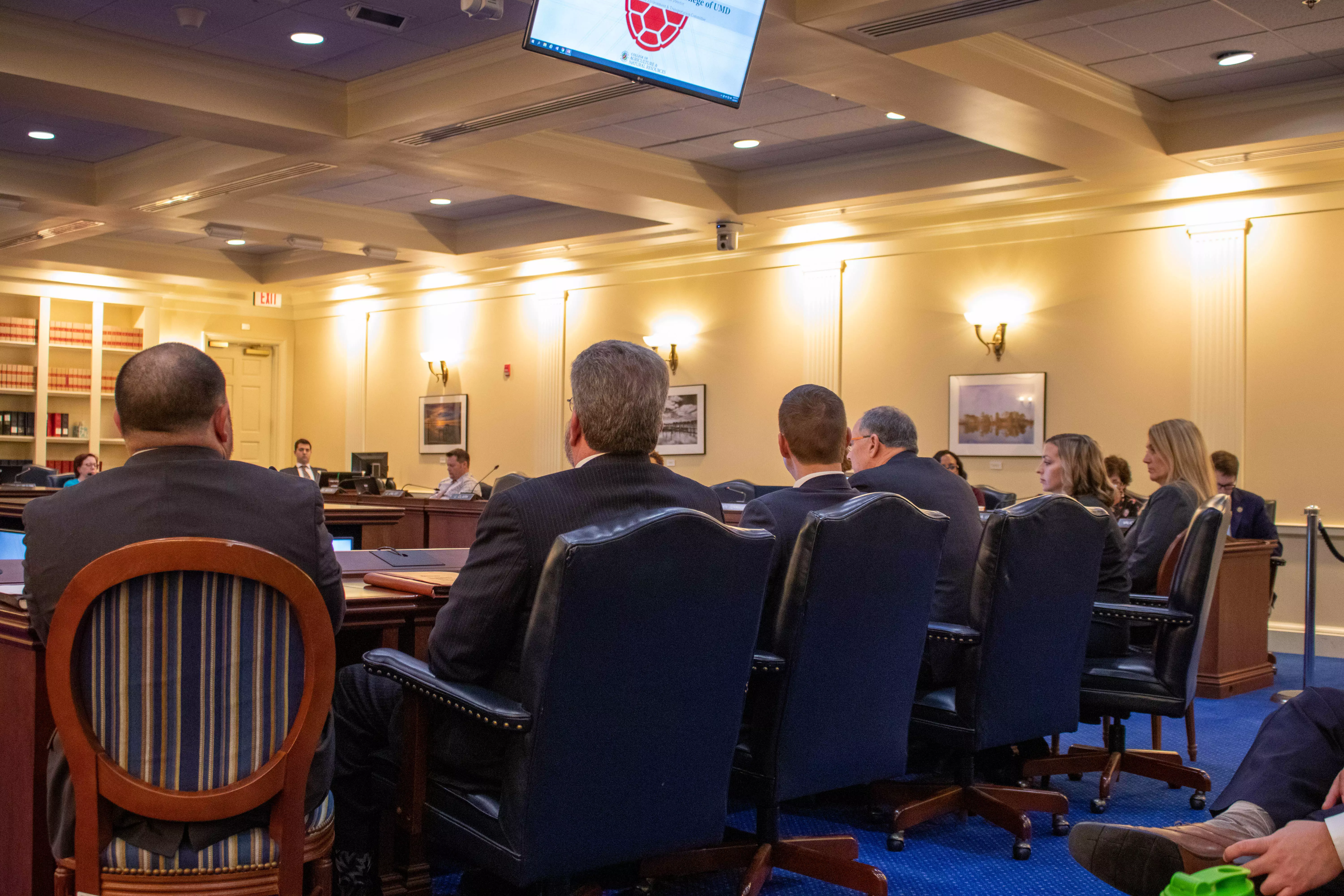


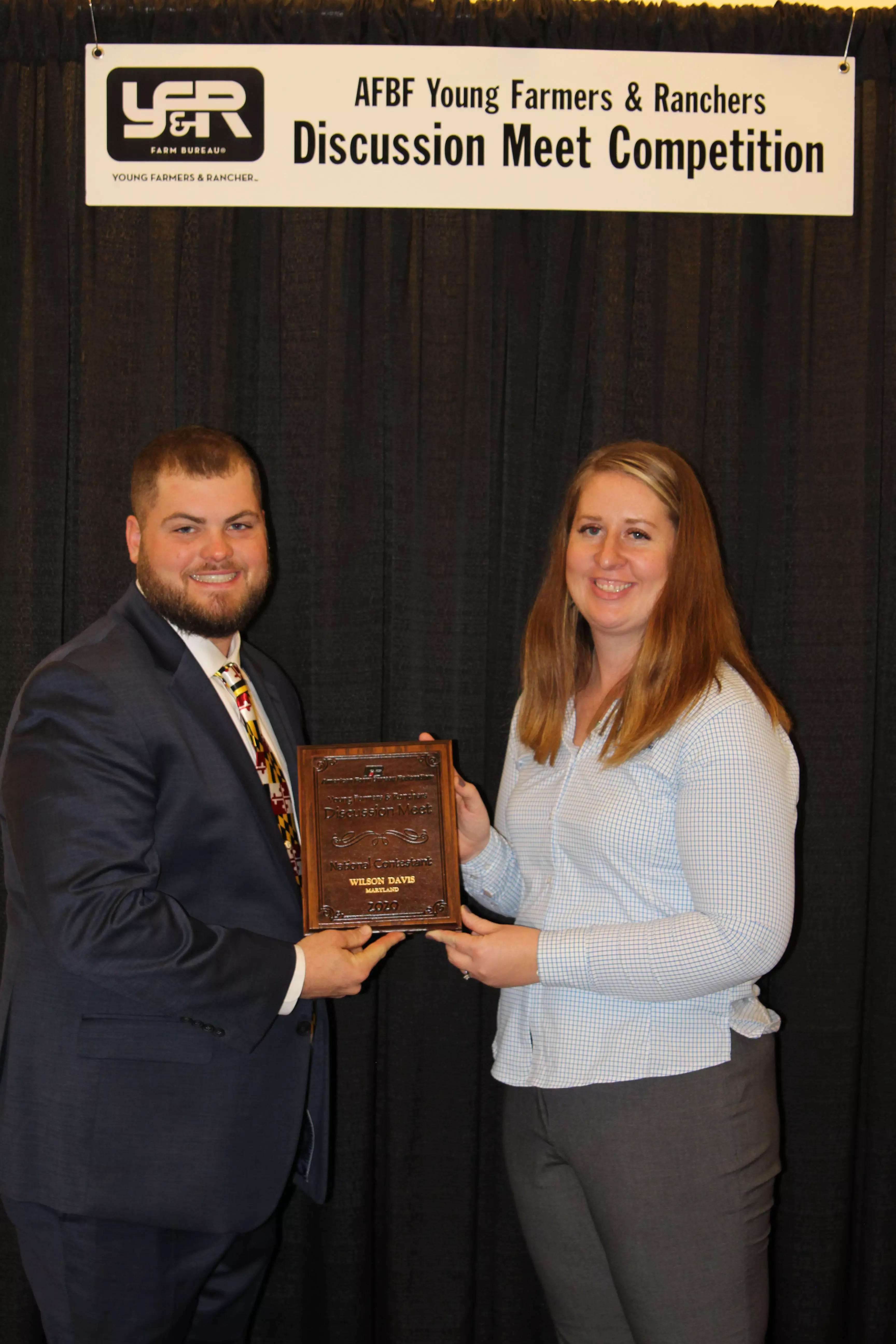 January 24, 2020 – Wilson Davis of Cecil County represented Maryland Farm Bureau in the national Young Farmers & Ranchers Discussion Meet competition. The competition was held as part of the American Farm Bureau Federation’s 101st Annual Convention in Austin, TX.
January 24, 2020 – Wilson Davis of Cecil County represented Maryland Farm Bureau in the national Young Farmers & Ranchers Discussion Meet competition. The competition was held as part of the American Farm Bureau Federation’s 101st Annual Convention in Austin, TX.